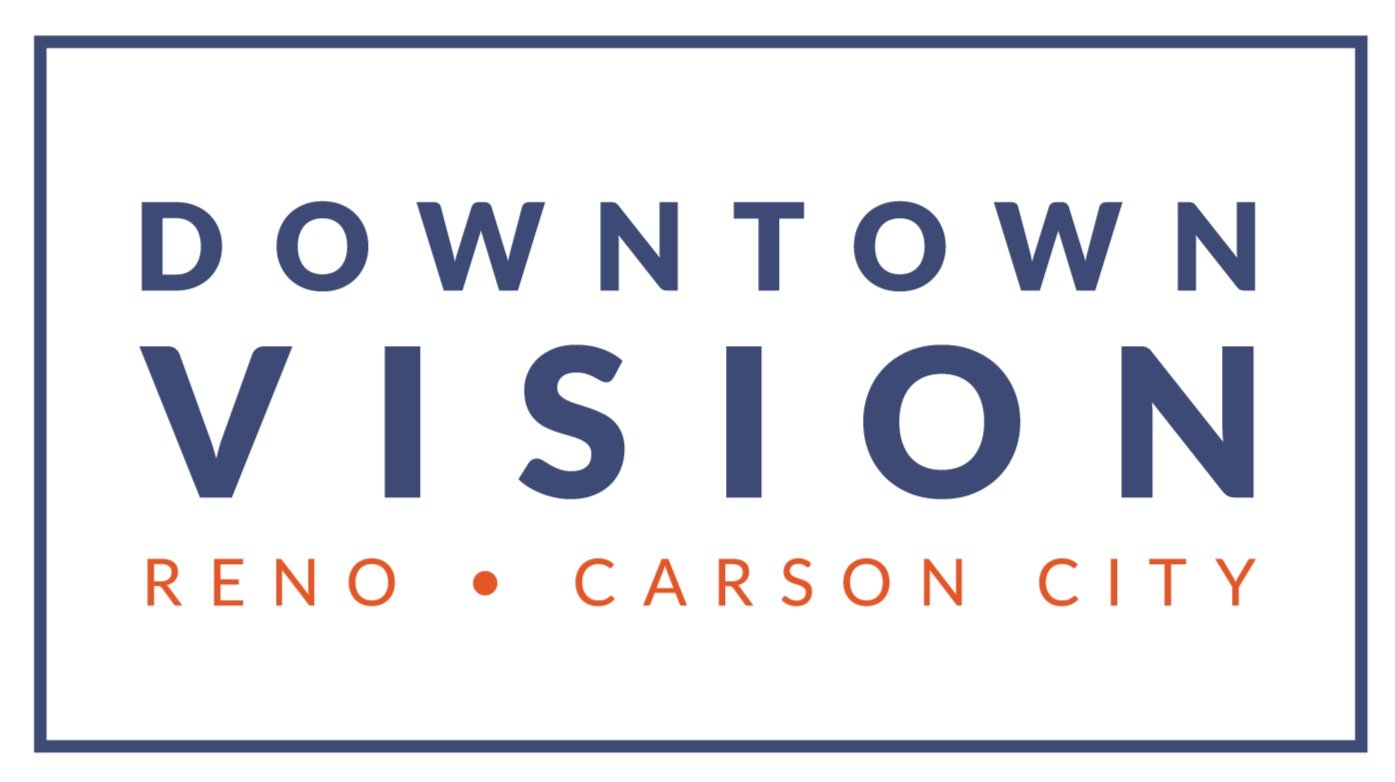Myopia Management in Kids
Myopia, commonly known as nearsightedness, occurs when the shape of the eye causes light rays to bend and focus in front of the retina instead of on nerve tissues in the back of the eye. This results in blurry vision when looking at objects that are at a distance while objects nearby remain clear. Research has shown that the number of Myopic children will double by the year 2050. That means that 50% of children on earth will need correction for their distance vision.
As children grow, their eyes also change. If a child is predisposed to myopia, their eye may elongate as they age, leading to increased nearsightedness. Genetically speaking, children with one nearsighted parent have a 28% chance of being nearsighted; if both parents are nearsighted, that number will increase to 72%.
While genetics play a significant role in the development of myopia, environmental factors such as working up close, prolonged reading and limited outdoor time can also contribute to its onset and progression.
Symptoms of Myopia in Children
Constant squinting
Difficulty seeing things on whiteboards at school
Lack of awareness of distant objects
Frequent blinking or rubbing of eyes
Sitting close to the television or leaning closer to screens
It's crucial to monitor children’s eye health as they age through annual eye exams and to remain vigilant for symptoms.
Myopia Management
Over the past few years, significant changes have been made to how we treat myopia, helping to decrease the lengthening of the eye and the worsening of our patients' vision.
Atropine Sulfate
For almost 50 years, Atropine eye drops have been shown to decrease the growth of the eye, but they come with significant side effects like blurred vision, light sensitivity, and a huge decrease in the ability to focus. Those side effects made it a terrible experience for the kids, so few eye doctors used it. Those side effects came from using 1% Atropine Sulfate. Over the past 5 years, more research has shown the benefits of atropine sulfate drops at 0.025%. The side effects are very minor, and the drops are well tolerated by the patients. This is the best option for younger patients and kids who are not interested or not mature enough for contact lenses. Generally, this treatment is one drop in each eye nightly. The recommended treatment duration is until the patient is 16 years old. The atropine treatment is great for all prescriptions.
MiSight® Contact Lenses
MiSight® contact lenses from CooperVision have been around for about five years and have had tremendous success. They serve two functions: they are used to slow or limit the lengthening of the eye, and they also correct the child’s vision. The MiSight® lenses were investigated for more than five years before being approved by the FDA for myopia management. The lenses are like multifocal contact lenses and cause blurry vision on the peripheral retina, signaling the eye not to lengthen. This is a great myopia management tool for kids who must wear glasses or contact lenses. Not all prescriptions are available in MiSight® so they will not be the best option for all children.
Corneal Reshaping Therapy (CRT)
CRT lenses have been around for 25 years. These are hard lenses the patient sleeps in. We know that sounds bad, but they are healthy and safe. The pressure of the lenses with the eye closed signals the eye not to lengthen. The best part about these lenses is that most kids will not have to wear any correction during the day. The lenses temporarily flatten the cornea (like LASIK surgery) while worn while the patient sleeps. The cornea slowly rebounds during the day while not wearing the lenses, repeating the process each night. CRT works for most patients, but some prescriptions, especially higher prescriptions or prescriptions with significant astigmatism.
What You Can Do For Your Child
Annual comprehensive eye exams are essential for detecting and monitoring myopia in children. Implementing habits like the 20-20-20 rule (taking a 20-second break every 20 minutes and focusing on something 20 feet away) and ensuring children spend at least an hour outdoors daily are crucial for mitigating the severity of myopia. Schedule your child’s next eye exam with us to ensure their vision health remains optimal!
Sources:
https://aapos.org/glossary/myopia-and-treatment-of-myopia-in-children
https://www.mayoclinic.org/diseases-conditions/nearsightedness/symptoms-causes/syc-20375556
https://www.optometrytimes.com/view/myopia-an-epidemic-of-global-proportions
https://www.ophthalmologytimes.com/view/arvo-2024-myopia-research-highlighted-in-studies
https://reviewofmm.com/what-does-science-say-about-screen-time-and-juvenile-onset-myopia/

